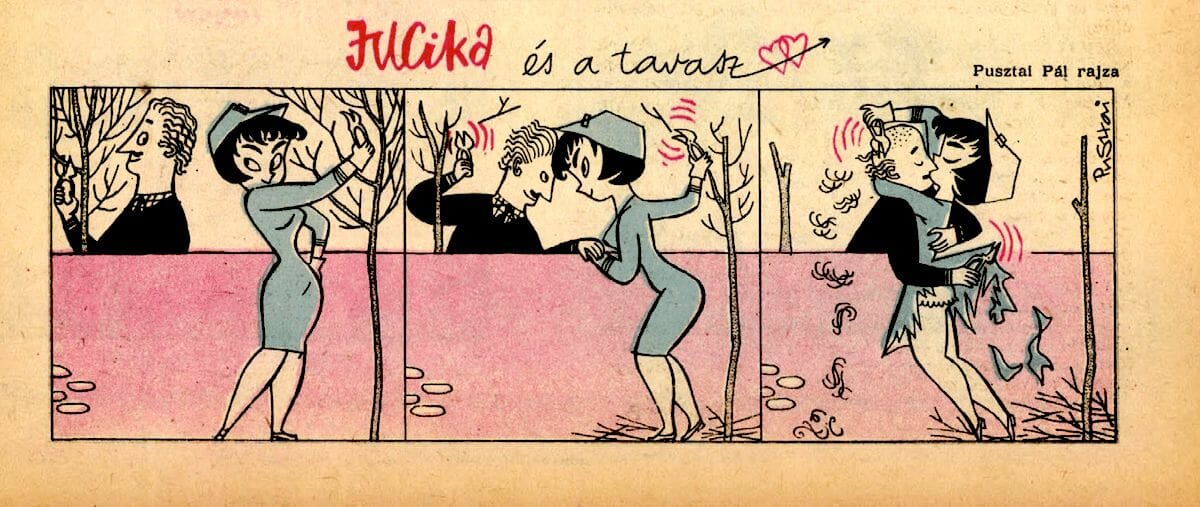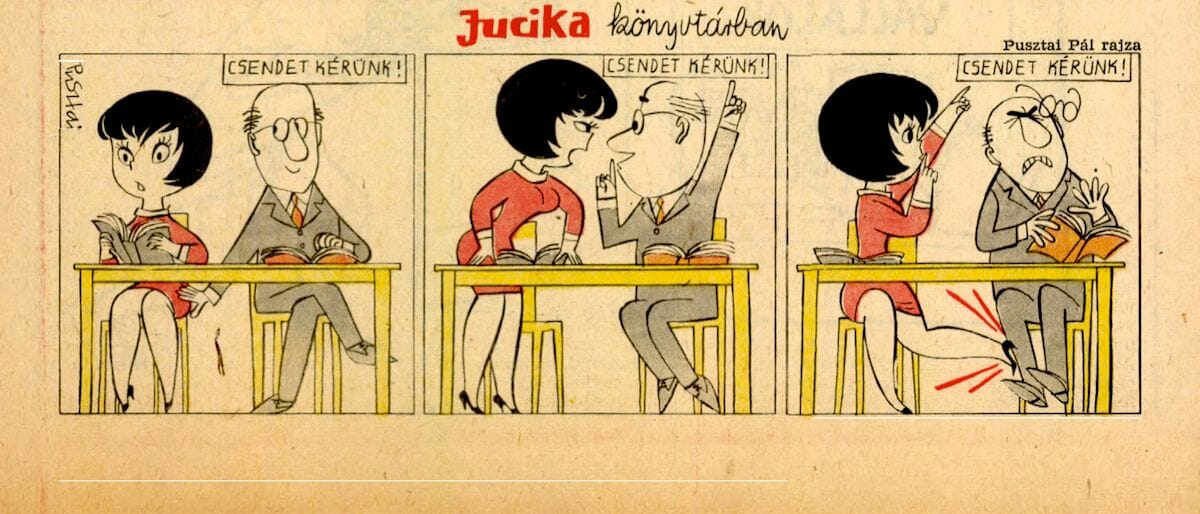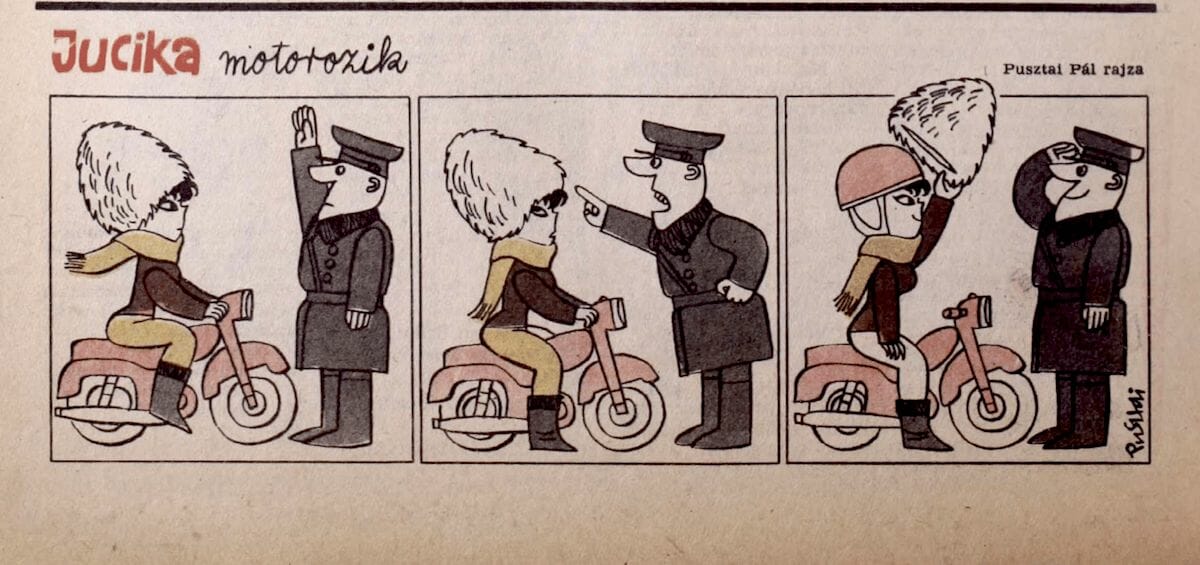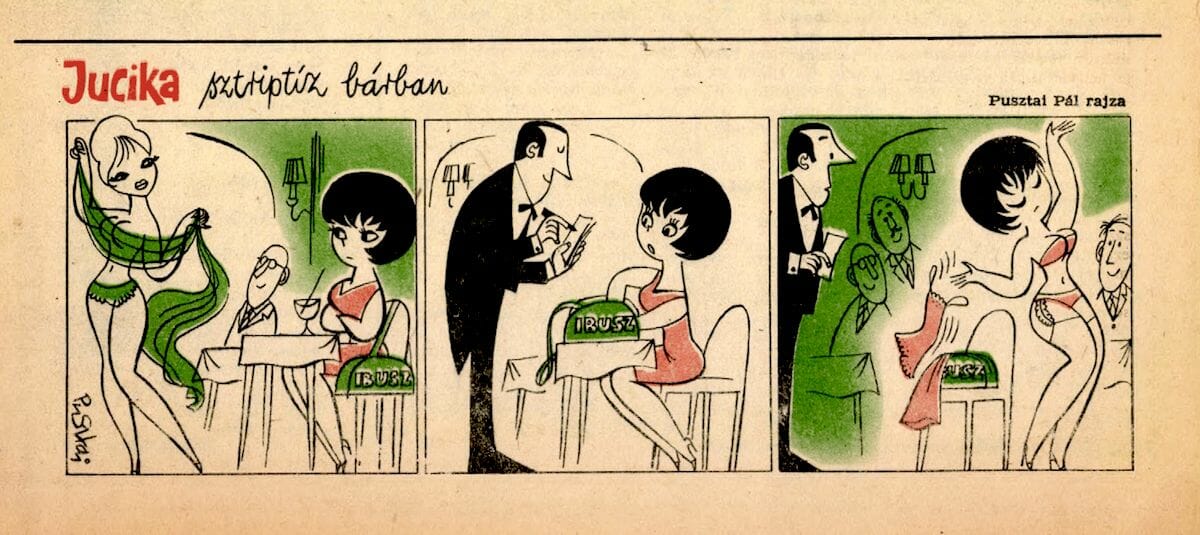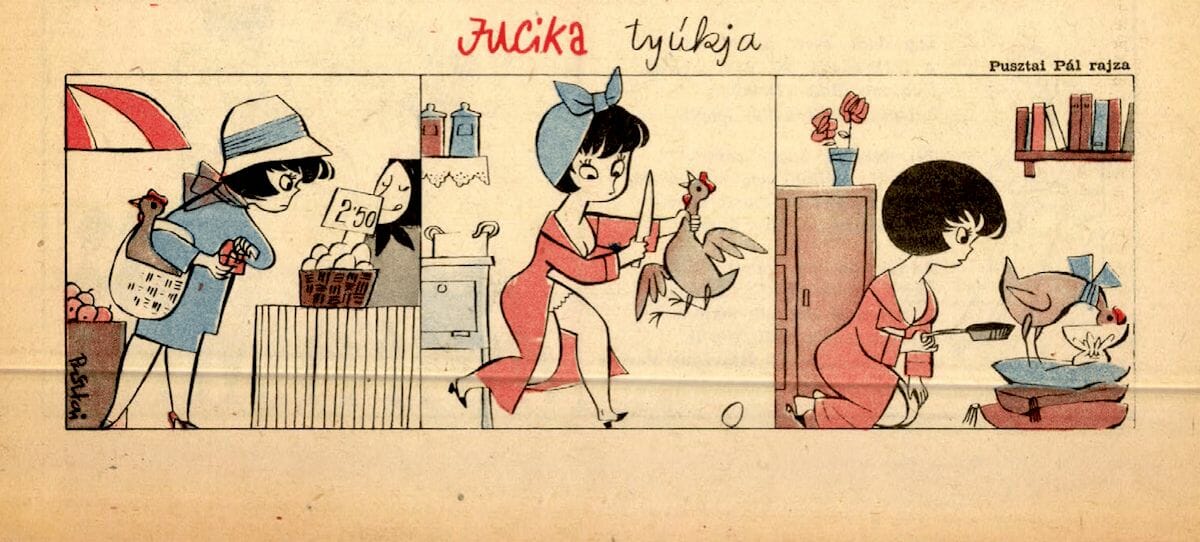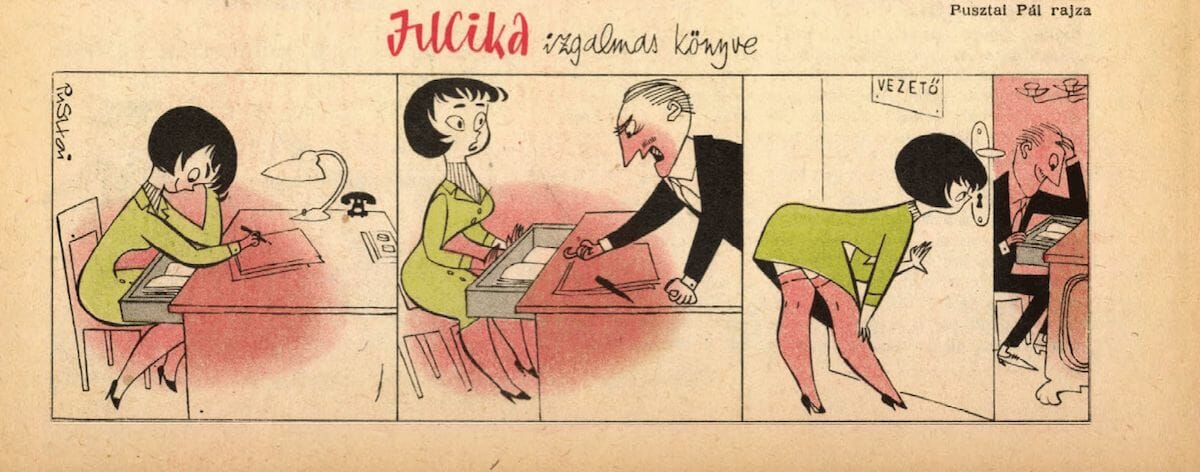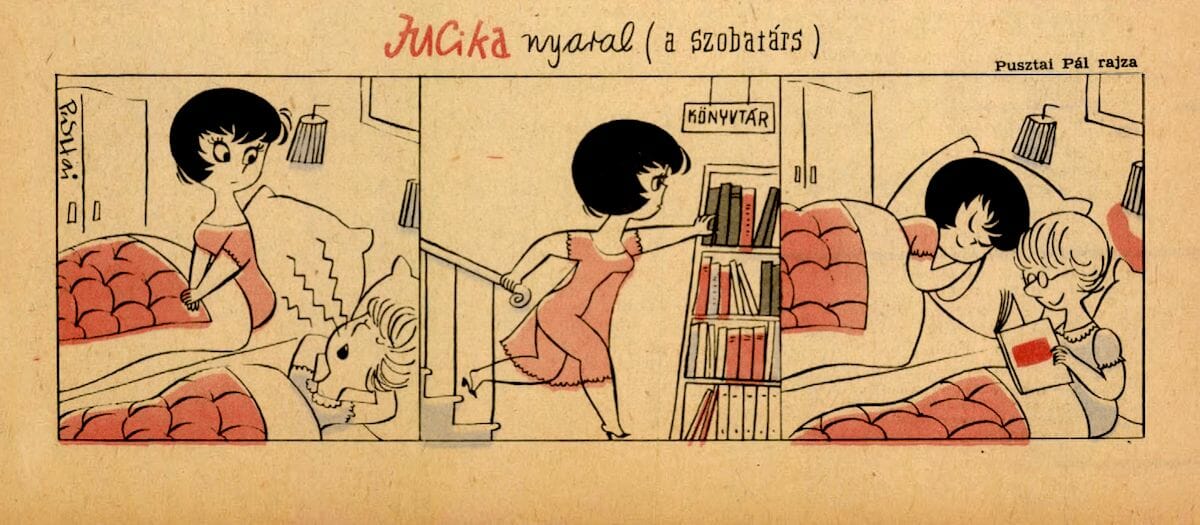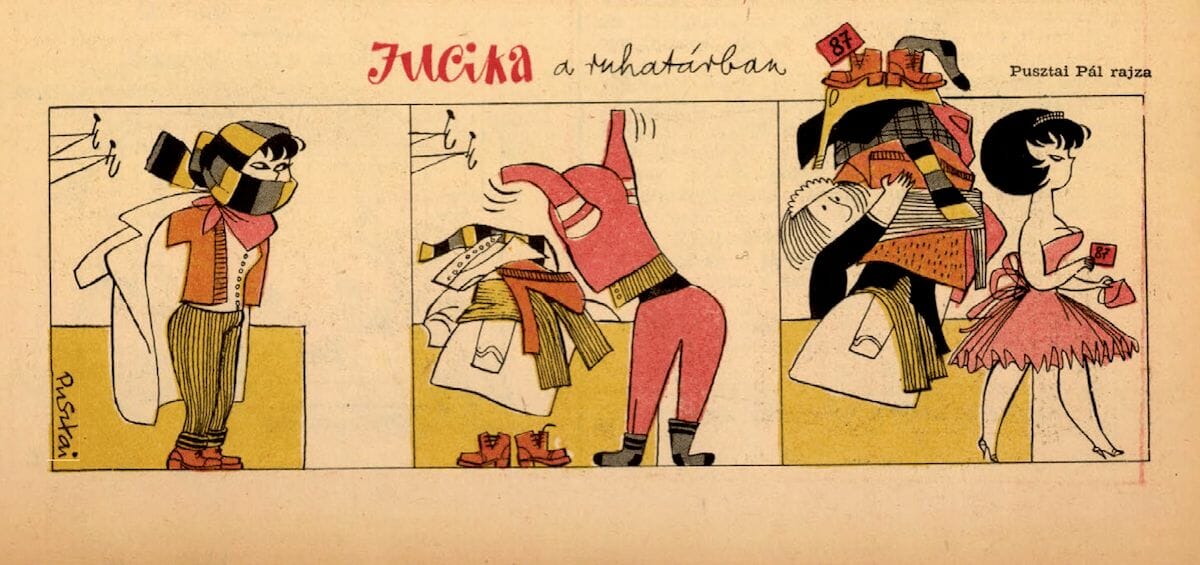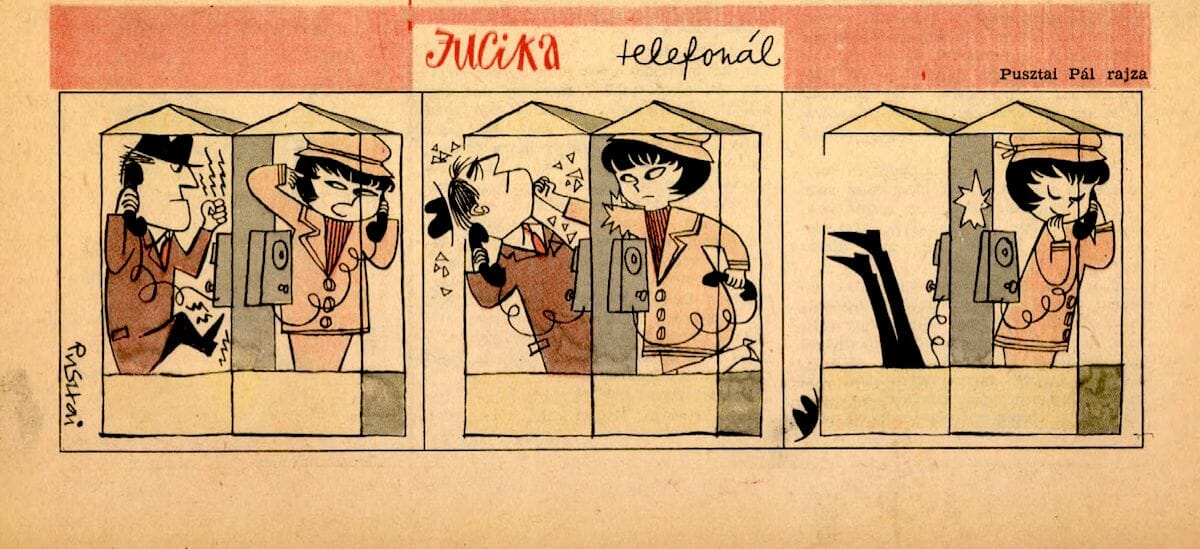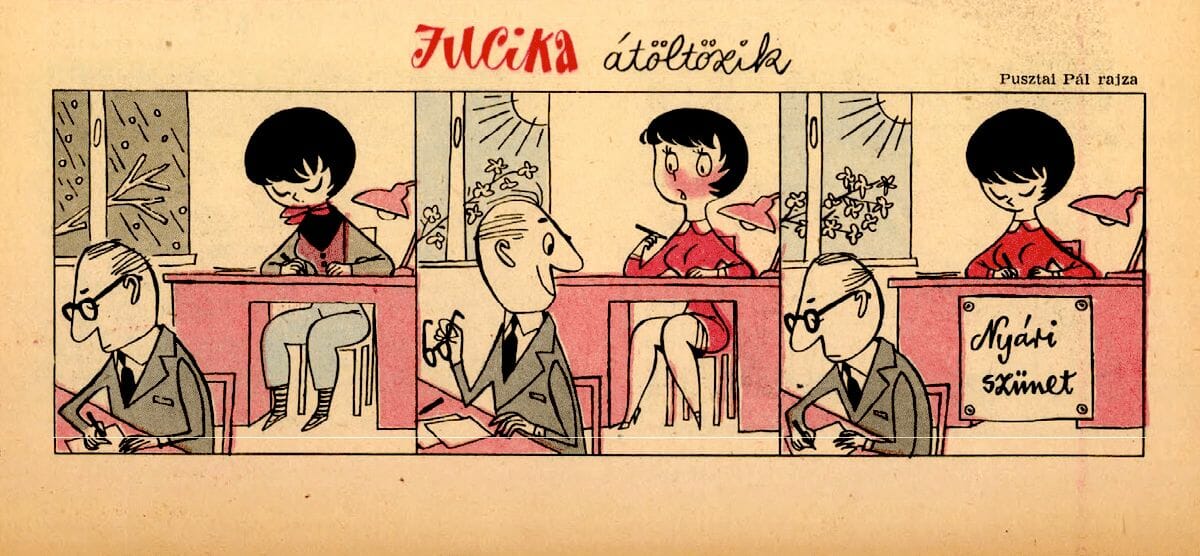A significant number of folks — including, I suspect many reading these very words— grew up reading some form of newspaper comic strip on a regular basis. That was a tradition in many households, despite at least half of said strips being just clever enough to warrant a thoughtless chuckle from readers at the most, with the majority of those appearing in papers seeming astonishingly dull at time of publication, and even worse when viewed in historical context.
This is particularly true for Americans, the majority of whom have newspaper memories that likely start with the likes of the much-beloved and dearly-departed Peanuts or Calvin and Hobbes, even though most papers have conceded a significant amount of funny page real estate to the passive-aggressive Maxine strip tacked onto the fridge by your mom or the thinly veiled bigotry of Dilbert, in recent years.
In other parts of the world, however, newspaper strips weren’t afraid to get a little more playful — which is exactly how we ended up with Hungarian cartoonist Pál Pusztai’s hilarious, and delightfully pointed, strip Jucika, which ran for a criminally brief stint between 1957 through 1970.
Originally running in the social magazine Érdekes Újsag, the strip went on to gain such popularity that it was later moved to Hungary’s officially sanctioned satire newspaper, Ludas Matyi, where Pusztai and his fashionable comedienne became unlikely icons of socialist pop culture of the era. Comprised of three-paneled, wordless strips, Jucika focused primarily on the eponymous, buxom character, whose daily life, and forever-shifting job occupation, manage to act as light-hearted satire of sexism and the mendacity of the everyday while never sparing the joy of visual gags and slapstick moments.
Much of the strip’s humor concerned how Jucika — drawn with a full-figured hourglass body and a trademark stylish black pixie haircut, and often depicted nude, or in particularly revealing clothing — navigated the attention she received because of her personal style, much of it unwanted. The strip defied expectations in its treatment of this trope, however, delivering a clear cut message that, while Jucika was proud to style herself as she did and was ready to turn away any undesired attention she received as a result, attention on a romantic or sexual level was not entirely unwanted — it was merely something that was absolutely and without a doubt not going to happen unless it was on Jucika’s terms.
For many readers of the strip, this experience is one easily mirrored in real life — but often with less than stellar feedback from those whose attention may be unwanted. Given the cultural circumstances and time period in which the strip was created, Jucika dressing in a way that she feels beautiful and comfortable and then being unafraid to wallop anyone who has something to say about it, was one hell of a stance to see, especially coming from an elderly Hungarian man in the 1960s.
Jucika would be nothing without Puzstai’s art, which developed incrementally throughout the strip’s run in Ludas Matyi. Starting first as a waifish, angular, black and white strip, Pustai later began to round out Jucika’s form, giving her a quality often seen in mid-20th century advertising illustrations —combining clean, curvy line work, expressive and quick-changing faces, and delightfully poppy primary colors used in a limited that focused the reader’s attention on the details rather than attempting to bring an entire world to life.
It wasn’t just sexuality or allusions to nudity though; the strip made fun of an entire swath of topics with little continuity, featuring Jucika in her many jobs, and showing that, although she was much “admired” by those around her, she was also handy, crafty and intelligent, often using her wits, charm, and outright sass to get to where she needed to be. A significant portion of the appeal of the strip, outside of Puzstai’s compelling visuals, is the fact that Jucika is far more complicated and capable than she initially appears.
It’s perhaps ironic, then, that upon making her big debut outside of Hungarian culture circa the early 2010s, Jucika was often diminished to little other than her figure or willingness to bare it all as she gained something of a cult following once introduced to the internet, becoming something of a pin-up among internet forums, and even going so far as to have her own pseudo-porn section on many hentai sites and adult art collectives. Perhaps Puzstai and Jucika were even more ahead of their time than it seemed!
The nature of Jucika’s second lease of life is a somewhat murky one; the strip was rediscovered and posted to social media via Twitter and Tumblr platforms in the early 2010s by new fans who had little awareness of its original publication, with each new post only building the fandom while asking if anyone knew anything more about the character. It was only in the later part of the decade when the new fandom had grown large enough that her origins were rediscovered and re-established.
In terms of official content, Jucika unfortunately ended with Puzstai’s passing in 1970, with the original strips somehow not yet collected or republished by a mainstream publisher, regardless of the renewed interest in the character. To the majority of contemporary fans — including those who have created fan art to be shared amongst each other —Jucika is a meme that only reaches as far as some shared posts online. (Not to mention some interesting adult fan art, but the less said about that, the better.) Despite this, Jucika the strip has — much like its eponymous lead character — carried on despite it all to become something fun, funny, and bright for all to enjoy.

